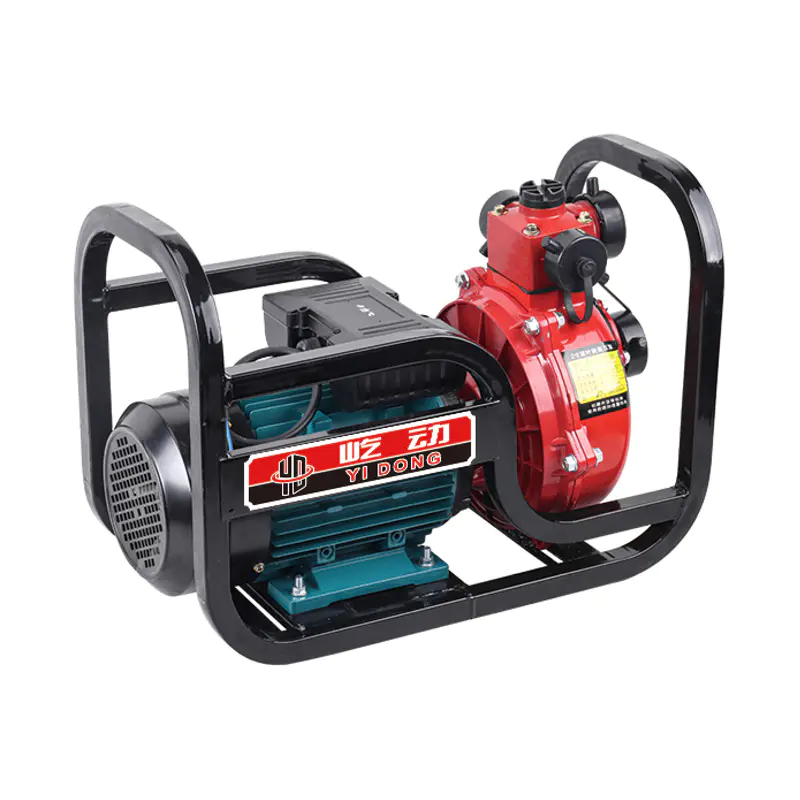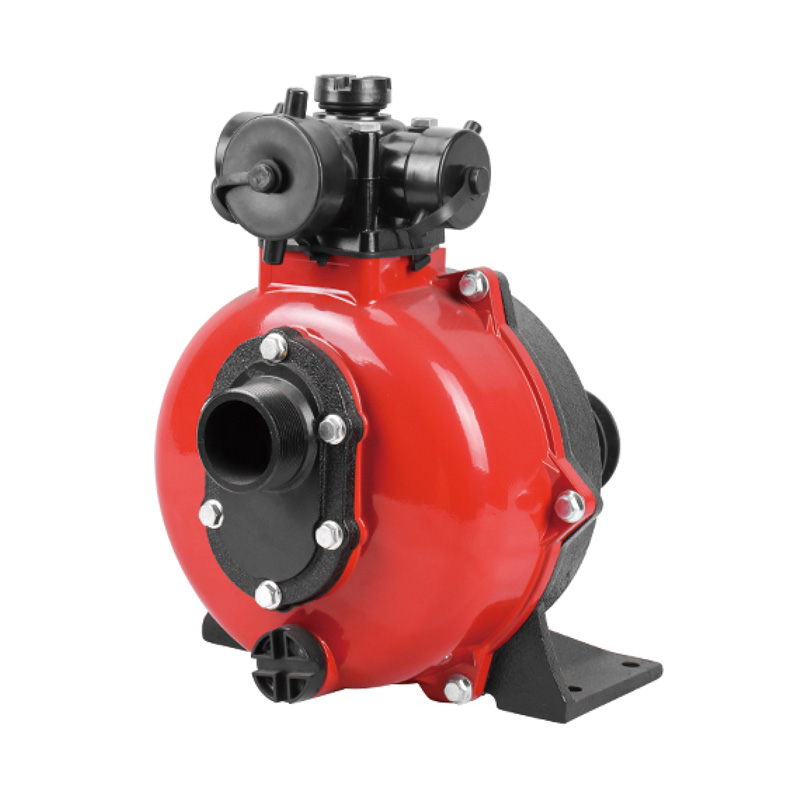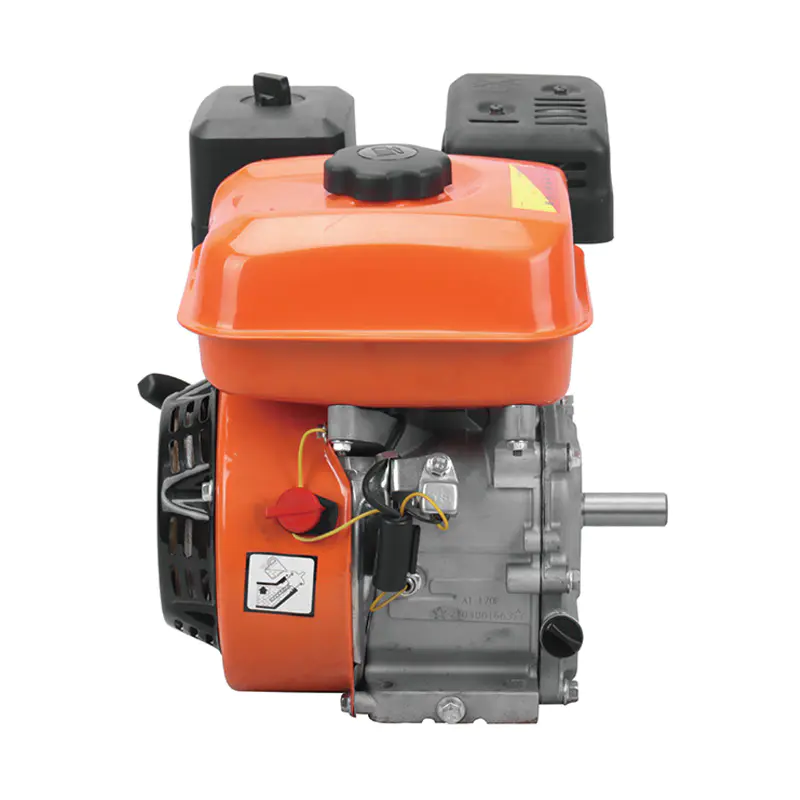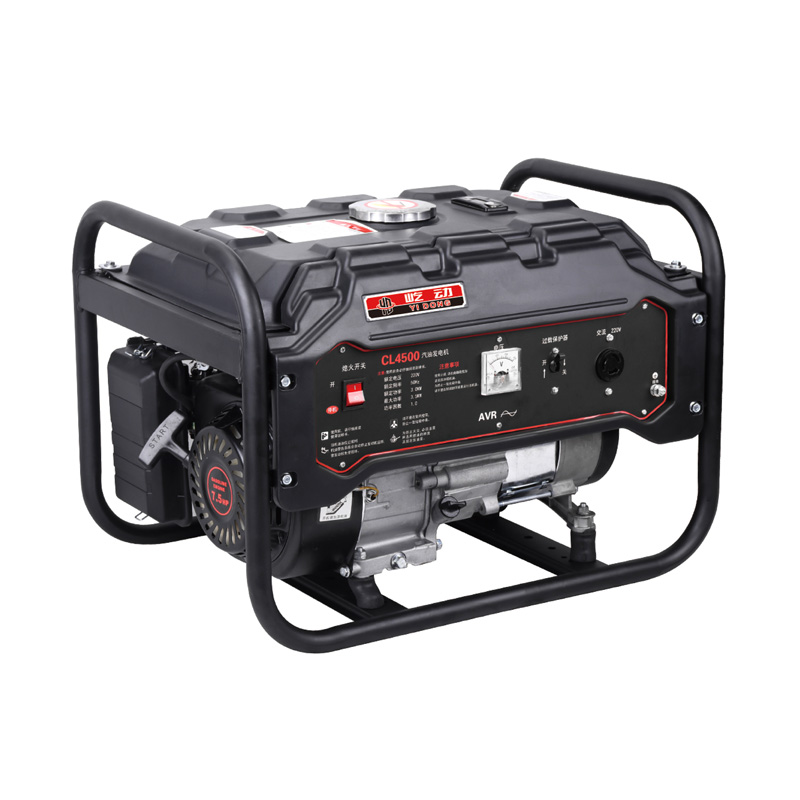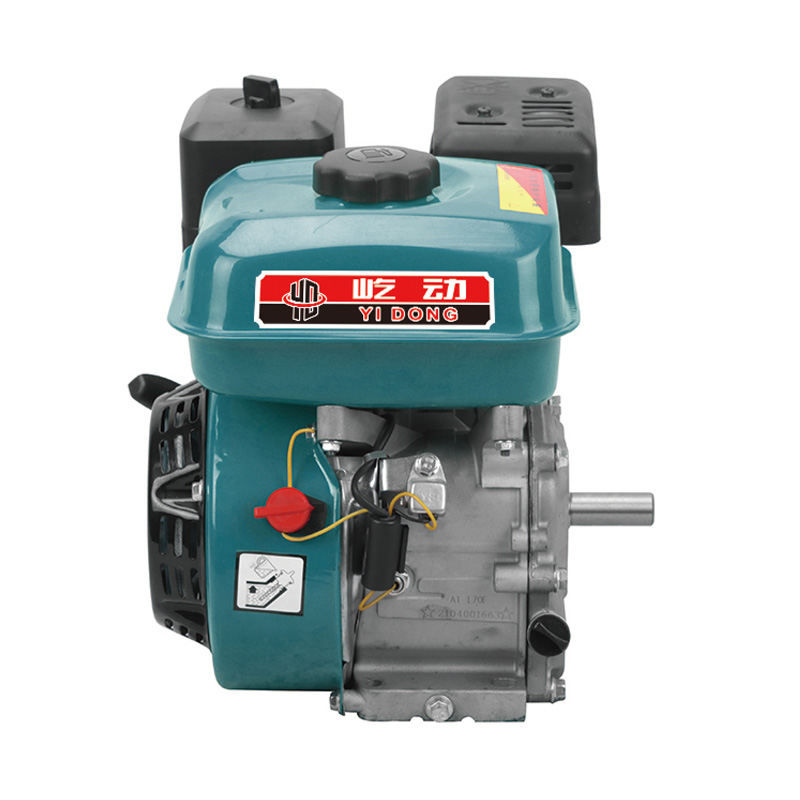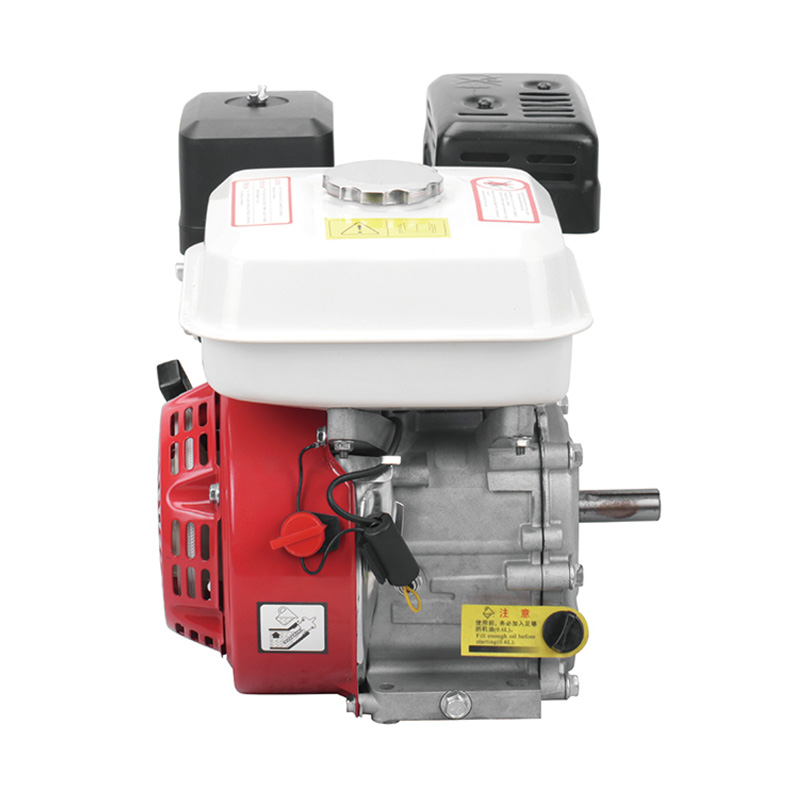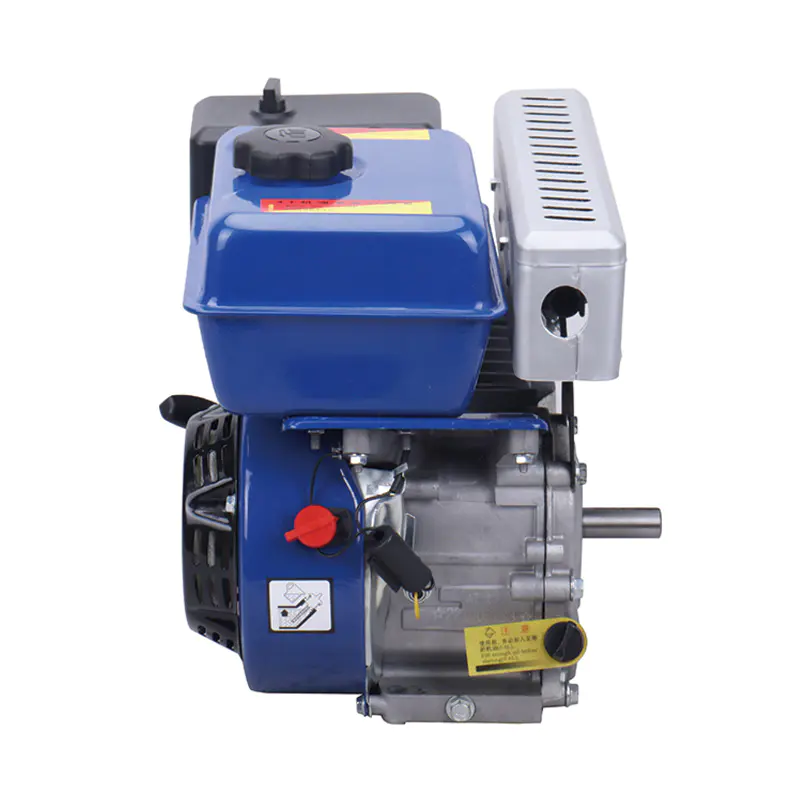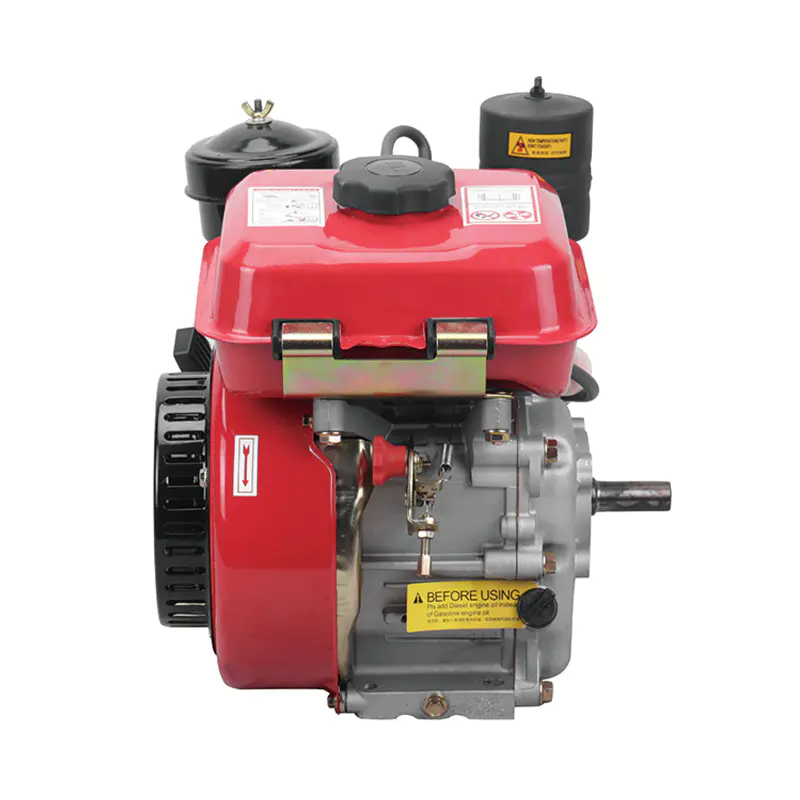The gasoline engine power sprayer is engineered to tackle situations that demand high pressure, long range, and operational independence from electrical grids. Its design is particularly well-suited for addressing several common challenges in outdoor environments.
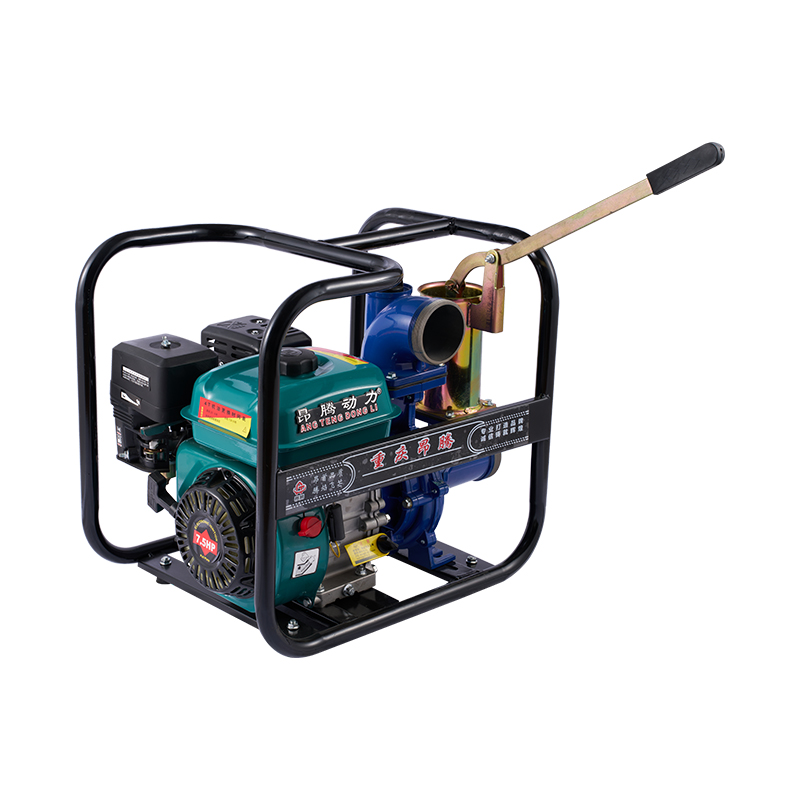
One primary application is in large-scale agricultural pest control and fertilization. When crops span extensive acreage, a sprayer with a long hose and high-pressure output is necessary to ensure even coverage without requiring constant relocation. The gasoline engine provides the power to pressurize the tank significantly, enabling the operator to use a long-reach lance or even attach a spray gun with multiple nozzles for a wide fan pattern. This allows for the efficient application of insecticides, herbicides, and liquid fertilizers, ensuring that plants receive the protective and nutritional coverage they need for healthy growth.
Another area where this sprayer proves invaluable is in the management of trees and orchards. Its powerful spray capability is ideal for reaching the high canopies of fruit trees or shade trees, a task that can be challenging for lower-pressure electric or manual sprayers. The machine can generate sufficient pressure to propel the liquid upward, ensuring that the undersides of leaves and the branches are adequately treated for pests or diseases. This makes it a preferred choice for orchardists and arborists who need to maintain the health of tall vegetation.
Furthermore, gasoline engine sprayers are good for cleaning and sanitation tasks in agricultural and industrial settings. The high-pressure stream of water, sometimes mixed with a cleaning agent, can be used to remove dirt, debris, and organic matter from farm equipment, animal pens, barn walls, and concrete pathways. Their portability allows them to be brought directly to the site that needs cleaning, providing a powerful washing solution without relying on fixed water pressure sources. This versatility extends their use beyond spraying chemicals, making them a multi-purpose tool for maintaining cleanliness and hygiene.
What Are the Basic Parameters of a Gasoline Sprayer Pump?
When selecting a gasoline engine power sprayer, understanding its basic technical parameters is essential for matching the equipment to the intended tasks. These specifications provide a clear picture of the sprayer's capacity, performance, and operational requirements.
A fundamental parameter is the tank capacity, which is typically measured in liters (L) or gallons. This determines the volume of liquid the sprayer can hold and apply before needing a refill. Capacities can range from small 15-liter units for spot treatments to large 100-liter or more models for extensive fieldwork. The choice of tank size involves a balance between the desire to cover more area without stopping and the practicalities of weight and mobility.
The pressure rating of the pump, measured in megapascals (MPa) or pounds per square inch (PSI), indicates the force with which the liquid is expelled. Higher pressure allows for a finer mist, longer spray range, and better penetration through dense foliage. Common pressure ratings for agricultural sprayers might range from 2 to 4 MPa (approximately 300 to 580 PSI). The flow rate, measured in liters per minute (L/min), denotes how much liquid the pump can deliver. A higher flow rate allows for faster application but may use more liquid. The combination of pressure and flow rate defines the pump's overall power and application speed.
The engine power is another critical specification, usually stated in horsepower (HP) or cubic centimeters (cc) of displacement. A more powerful engine can maintain consistent pressure and flow rate more effectively, especially when using larger tanks or longer hoses. Finally, considerations such as the hose length and material of construction are important. A longer hose, often 10 to 20 meters, provides greater operational reach. The pump chamber and liquid-contact parts are often made from corrosion-resistant materials like PVC, PP plastic, or stainless steel to ensure durability and a long service life when used with various chemicals. By evaluating these parameters, users can select a sprayer that aligns with their specific needs for capacity, power, and durability.



 English
English русский
русский Français
Français Español
Español عربى
عربى